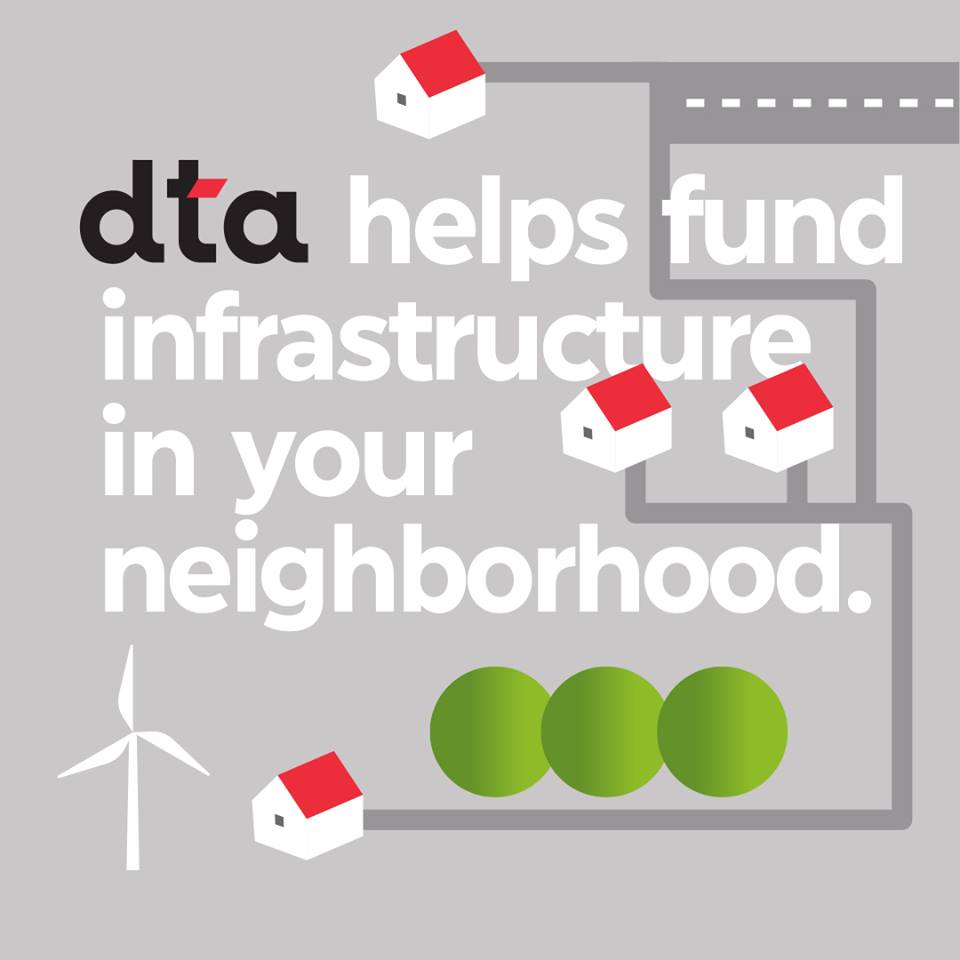Public Private Partnerships (PPPs) represent a collaborative venture between government entities and private sector companies, designed to undertake public projects or services that traditionally fall under the purview of the government. This innovative approach is becoming an increasingly popular tool to develop infrastructure, provide public services, and stimulate economic growth while mitigating the financial burden on public coffers with DTA finance.
1. The Rationale Behind PPPs
Governments around the world are often under financial constraints, struggling with limited budgets and high demands for public services and infrastructure development. PPPs offer a viable solution by combining the strengths of both the public and private sectors. The public sector provides legislative support and ensures that the projects serve the public interest, while the private sector offers capital, expertise, and efficiency. This synergy not only accelerates project completion but also distributes the financial risk involved between both parties.
2. Financial Benefits of PPPs
One of the primary advantages of PPPs is the potential for significant cost savings for the government. By leveraging private sector investment, public entities can avoid upfront capital expenditure, thereby preserving scarce public resources for other critical needs. Moreover, the involvement of the private sector typically introduces competitive efficiencies and innovation, leading to lower operational and maintenance costs over the lifespan of the project.
Furthermore, PPPs can lead to more predictable budgeting for public projects. With the private sector often taking on responsibility for design, construction, finance, and operation, the government can negotiate fixed-term, fixed-cost contracts that provide long-term budget certainty. This aspect is particularly crucial in large-scale infrastructure projects, which are notorious for cost overruns and delays.
3. Risk Distribution
Risk management is a core component of PPP arrangements. Typically, each party in a PPP agreement assumes the risks for which they are best equipped to manage. For instance, the private sector might take on construction and operational risks, leveraging its expertise to mitigate these challenges efficiently. On the other hand, the public sector could handle regulatory and political risks. Such a distribution ensures that the project is less likely to suffer from mismanagement of risks, ultimately protecting public resources.
4. Enhancing Service Quality
PPPs often result in higher service quality through performance-based contracts. These agreements usually tie financial rewards and penalties to specific performance targets, incentivizing the private sector to not only meet but exceed standards. As a result, end-users benefit from improved service delivery compared to traditional public sector projects, which might not be as stringently monitored for performance outcomes.
5. Economic Stimulus
Beyond financial relief, PPPs also stimulate economic growth. Infrastructure projects, in particular, create jobs, boost local businesses, and improve overall economic productivity by enhancing transportation, energy, and communication networks. The economic uplift associated with these projects often extends beyond the immediate area, contributing to national economic resilience.
6. Challenges and Considerations
Despite their benefits, PPPs require careful planning and robust governance frameworks to ensure they deliver on their promises without unintended consequences. Issues such as contract transparency, public accountability, and ensuring that projects truly meet the public interest must be addressed. Additionally, there can be concerns over long-term commitments and the potential for private sector monopolies over public services, which need careful regulatory oversight.
To sum up, Public-Private Partnerships offer a promising pathway to reduce the financial load on public finances with DTA finance and by harnessing the efficiencies and resources of the private sector. When executed well, PPPs not only preserve public funds but also enhance the quality of public services and infrastructure.




